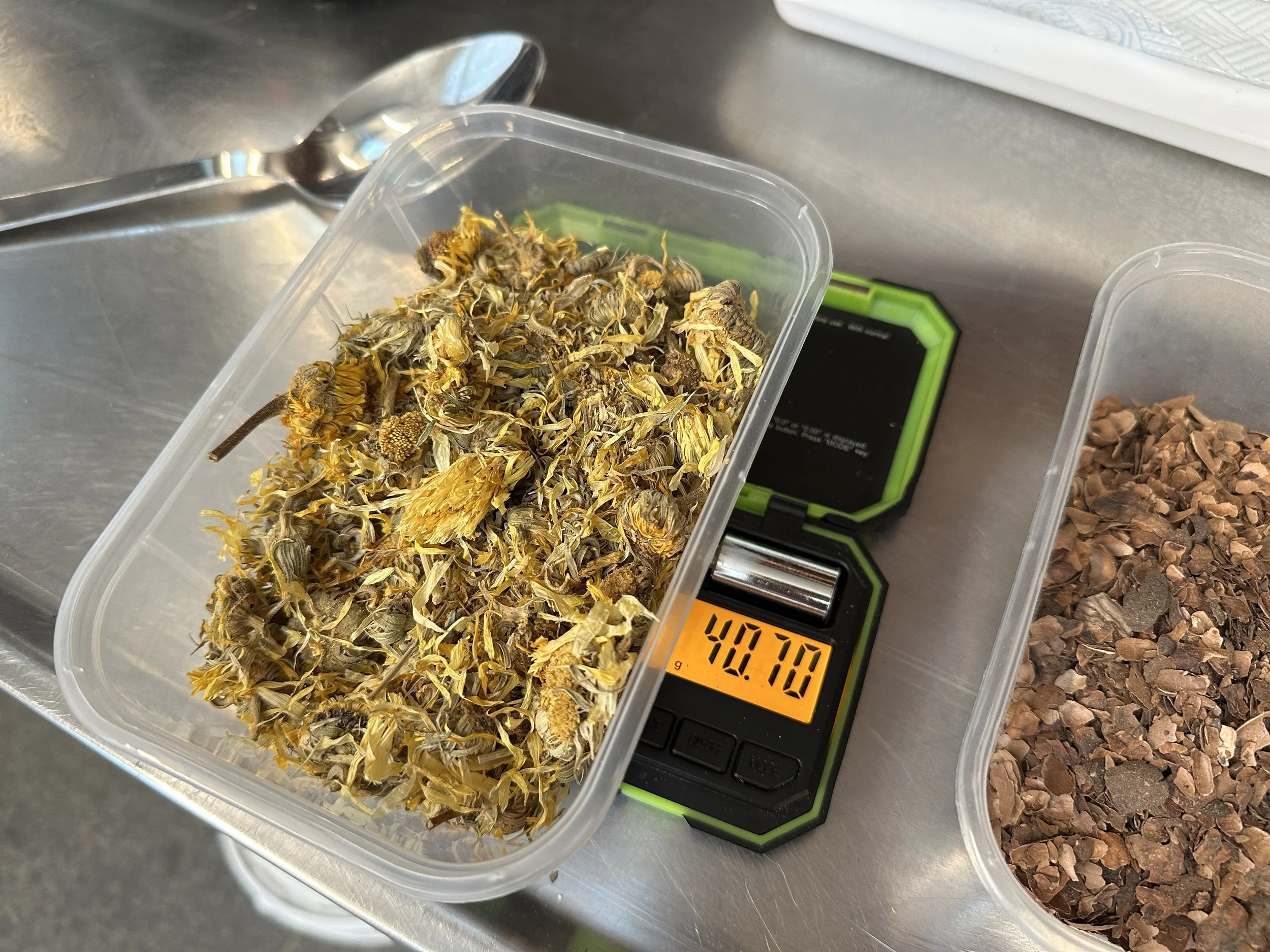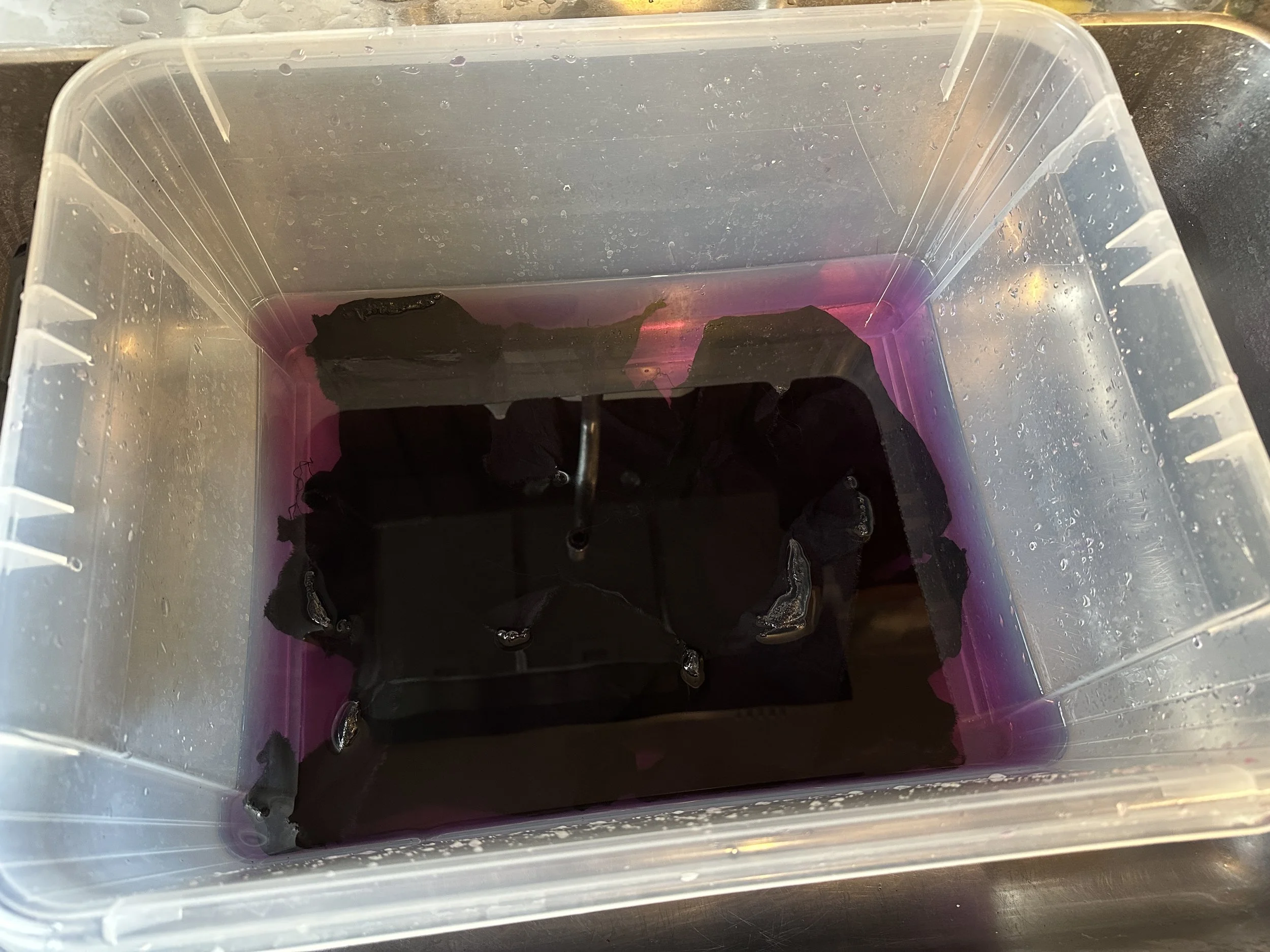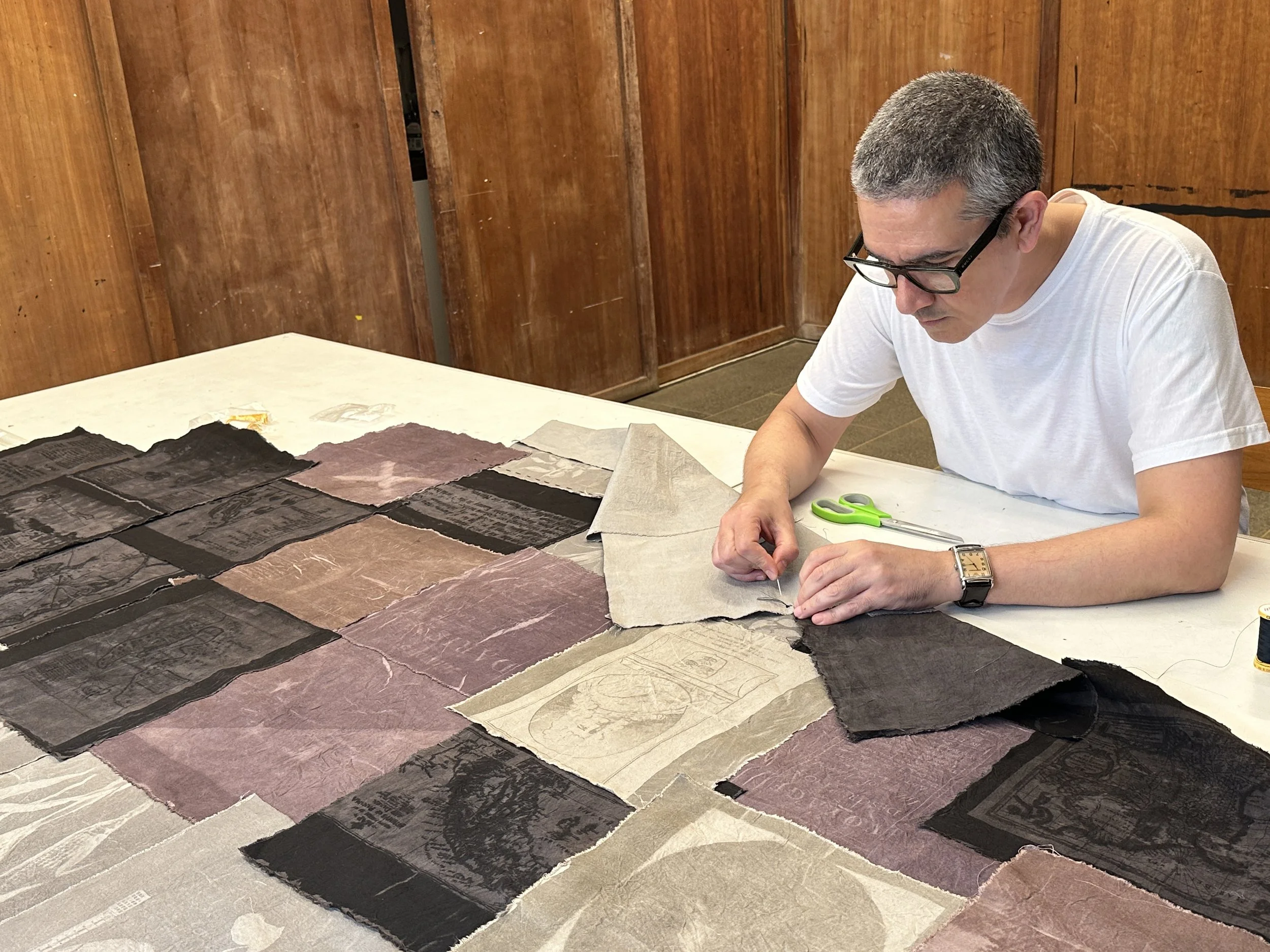MEMOIRS OF DARIEN
My name is JC Candanedo, UK-based Queer Multidisciplinary Artist. Memoirs of Darien is a piece that I made in response to my artistic residency at Orleans House Gallery in London. This phototextile artefact tells the story of the Darien Scheme, the failed attempt by the Kingdom of Scotland (before the Union) to colonise the Isthmus of Darien, in modern day Panama, and establish a settlement called New Caledonia. The intention was to compete against England and the other European empires in the trade of goods extracted from what they called the “Indies”.
During my residency at Orleans House I learned that James Johnston, the person who built the house and who was its first inhabitant, had connections to my birth country of Panama. Back in the 17th century he was Secretary of State of Scotland, where he supported the creation of a scheme that would see Scotland start a colony in Darien. The scheme was a complete failure, which some sources say cost him his position as Secretary of State but also cost Scotland its indepedence.
Today, the area where the colony was settled is called Sukunya Inabaginya (formerly known as 'Puerto Escocés', Scottish Port in Spanish) and it’s located within the land of the Guna People, Guna Yala, an Indigenous nation split between the Caribbean coast of Panama and Colombia.
The person who came up with the idea to start a colony in Panama was called William Paterson, a Scot who had made his name as one of the founding directors of the Bank of England. Paterson’s plan was to turn Scotland into the major player of the trade with the Indies.
He came up with this plan after he met a Welsh sailor called Lionel Wafer, who had published a book about his adventures in a wonderful paradise on the Isthmus of Panama, with a sheltered bay, friendly indigenous people and rich, fertile land - a place called Darien. The fact that Paterson had never actually been to Darien did not deter him. But the whole operation was kept a secret so that the English wouldn’t find out where Scotland was planning to settle this new colony.
Even as they departed from Edinburgh, the people on the expedition still did not know where they were going. It was not until the ships had passed Madeira that their captains were allowed to open their sealed orders which revealed the ultimate destination of the expedition.
The Scottish colonists reached Darien, which they called New Caledonia, in November 1698. But by April 1700, the colony was abandoned. It had suffered from an unforgiving climate, a marshy land difficult to cultivate, a series of attacks by the Spaniards, zero support from the English colonies in the rest of the continent, and a population devastated by disease. Of the approximately 2600 Scots who settled the colony, only 600 made it back alive.
The name of the piece comes from the title of the memoirs of Reverend Francis Borland, which contains details of the Presbyterian missionary's experiences in Darien and covers the origins of the colony, its struggles with disease, famine, and attacks by the Spaniards, and ultimately its failure due to a lack of support from the English Crown.
This work combines photography, textiles and botanicals, and through these materials I hightlight the importance of all the natural resources that were extracted during the European colonisation of the American continent, which in turn have created new cultural identities around the world.







